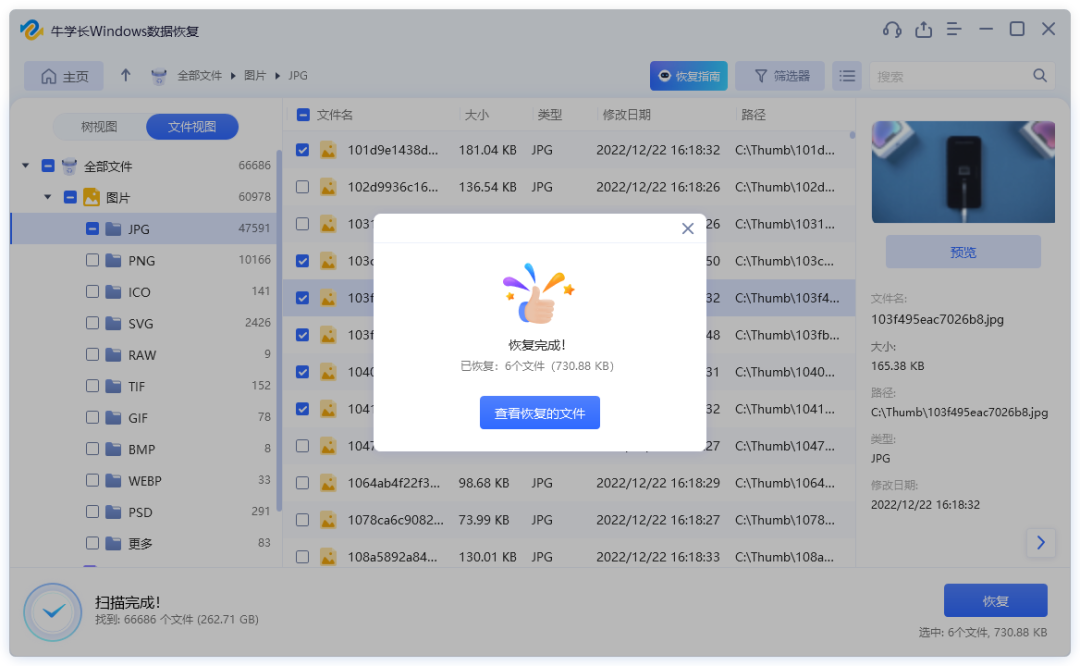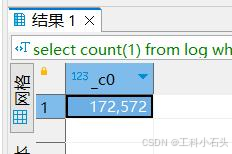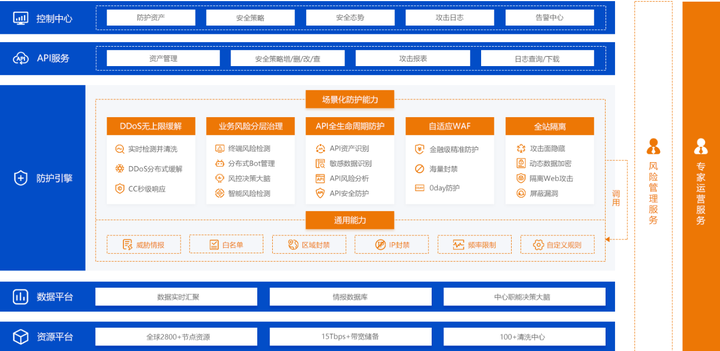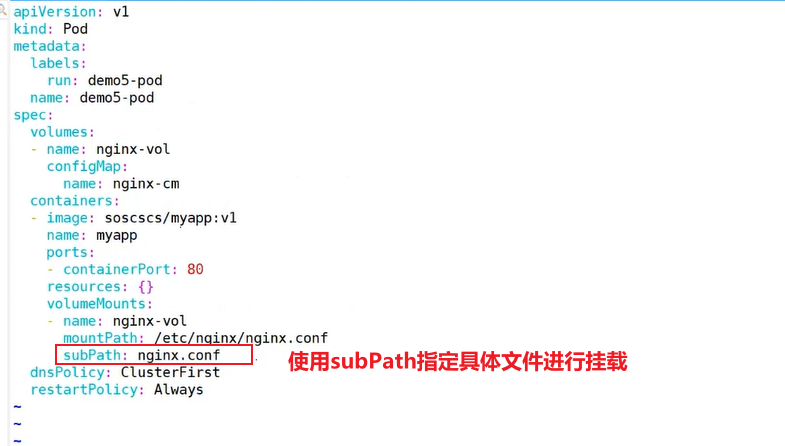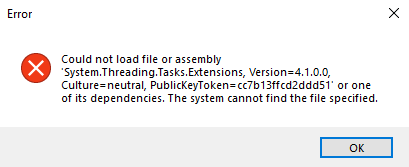Redis 是一个非常适合实现计数器和限速器的工具,因为它提供了高效的原子性操作,如自增、自减等。以下是如何使用 Redis 实现计数器和限速器的详细示例。
1. 使用 Redis 实现计数器
计数器通常用于统计某个事件发生的次数,如用户点赞数、页面访问次数等。Redis 提供的 INCR 和 INCRBY 命令可以帮助我们轻松实现这个功能。
示例:用户点赞数统计
<?php
class LikeCounter {
private $redis;
public function __construct() {
$this->redis = new Redis();
$this->redis->connect('127.0.0.1', 6379);
}
public function incrementLike($postId) {
$key = "post_likes:$postId";
return $this->redis->incr($key);
}
public function getLikeCount($postId) {
$key = "post_likes:$postId";
return $this->redis->get($key);
}
}
// 示例用法
$likeCounter = new LikeCounter();
$postId = 123; // 假设这是某个帖子的ID
// 用户对帖子点赞
$newCount = $likeCounter->incrementLike($postId);
echo "Post $postId has $newCount likes.";
// 获取帖子点赞数
$currentLikes = $likeCounter->getLikeCount($postId);
echo "Current like count for post $postId: $currentLikes";
2. 使用 Redis 实现限速器
限速器用于控制某个操作的频率,典型场景包括限制用户访问 API 的频率、抢购系统中防止用户频繁点击等。Redis 的 INCR 和 EXPIRE 结合使用,可以方便地实现这种功能。
示例:限制用户 API 访问频率
<?php
class RateLimiter {
private $redis;
private $maxRequests;
private $timeWindow;
public function __construct($maxRequests, $timeWindow) {
$this->redis = new Redis();
$this->redis->connect('127.0.0.1', 6379);
$this->maxRequests = $maxRequests;
$this->timeWindow = $timeWindow;
}
public function isAllowed($userId, $apiEndpoint) {
$key = "rate_limit:$userId:$apiEndpoint";
$count = $this->redis->incr($key);
if ($count == 1) {
// 设置过期时间
$this->redis->expire($key, $this->timeWindow);
}
if ($count > $this->maxRequests) {
// 超过最大请求次数
return false;
}
return true;
}
}
// 示例用法:每分钟最多允许用户访问API 10次
$rateLimiter = new RateLimiter(10, 60); // 10次请求,时间窗口60秒
$userId = 123; // 假设这是某个用户的ID
$apiEndpoint = "/api/buy"; // API 端点
if ($rateLimiter->isAllowed($userId, $apiEndpoint)) {
echo "Request allowed.";
// 执行API操作
} else {
echo "Too many requests. Please try again later.";
// 拒绝请求
}
优点
- 高效性:Redis 的原子操作确保了在高并发环境下的安全性,不会出现竞态条件。
- 可扩展性:可以轻松扩展到多个服务器,以支持更大规模的用户和操作量。
- 简单性:通过 Redis 的
INCR和EXPIRE命令,能够轻松实现复杂的计数和限速逻辑。
总结
通过 Redis 实现计数器和限速器,不仅提高了系统的性能,还减少了对数据库的压力,特别是在高并发场景下,比如抢购、点赞等操作。
举例短信限制发送
限制短信发送频率是一种常见的防止滥用和避免用户被骚扰的机制。通过 Redis 实现这一功能,可以有效控制同一个用户在特定时间内发送短信的次数。
实现思路
我们可以基于 Redis 的计数器和过期时间功能来实现限制短信发送频率的功能。具体步骤如下:
- 创建一个唯一的 Redis Key:该 Key 可以包含用户的 ID 和短信类型(例如验证码)。
- 使用 Redis 的
INCR命令递增计数器:每次用户请求发送短信时,递增计数器。 - 设置过期时间:如果这是计数器的第一次递增操作,为该 Key 设置一个过期时间(例如 60 秒)。
- 检查计数器的值:如果计数器的值超过了允许的最大次数,则拒绝发送短信请求。
示例代码
以下是使用 Redis 限制短信发送频率的 PHP 示例代码:
<?php
class SmsRateLimiter {
private $redis;
private $maxSmsRequests;
private $timeWindow;
public function __construct($maxSmsRequests, $timeWindow) {
$this->redis = new Redis();
$this->redis->connect('127.0.0.1', 6379);
$this->maxSmsRequests = $maxSmsRequests; // 最大允许的短信发送次数
$this->timeWindow = $timeWindow; // 时间窗口(秒)
}
public function canSendSms($userId) {
$key = "sms_limit:$userId";
$count = $this->redis->incr($key);
if ($count == 1) {
// 第一次操作时,设置过期时间
$this->redis->expire($key, $this->timeWindow);
}
if ($count > $this->maxSmsRequests) {
// 超过最大允许的发送次数
return false;
}
return true;
}
}
// 示例用法:限制每个用户每 60 秒最多发送 3 条短信
$smsLimiter = new SmsRateLimiter(3, 60); // 3次请求,时间窗口60秒
$userId = 123; // 假设这是某个用户的ID
if ($smsLimiter->canSendSms($userId)) {
echo "短信发送成功";
// 调用发送短信的API
} else {
echo "发送频率过高,请稍后再试";
// 拒绝发送短信
}





